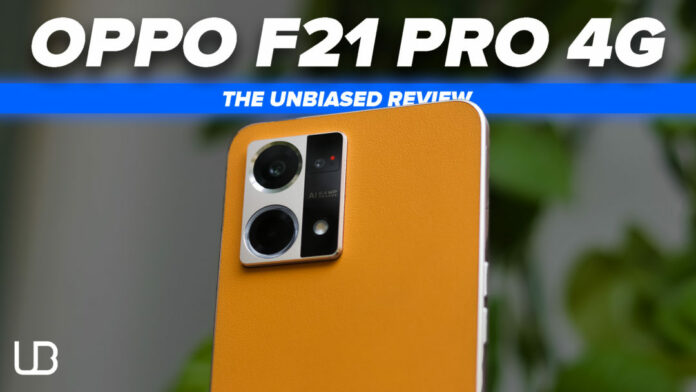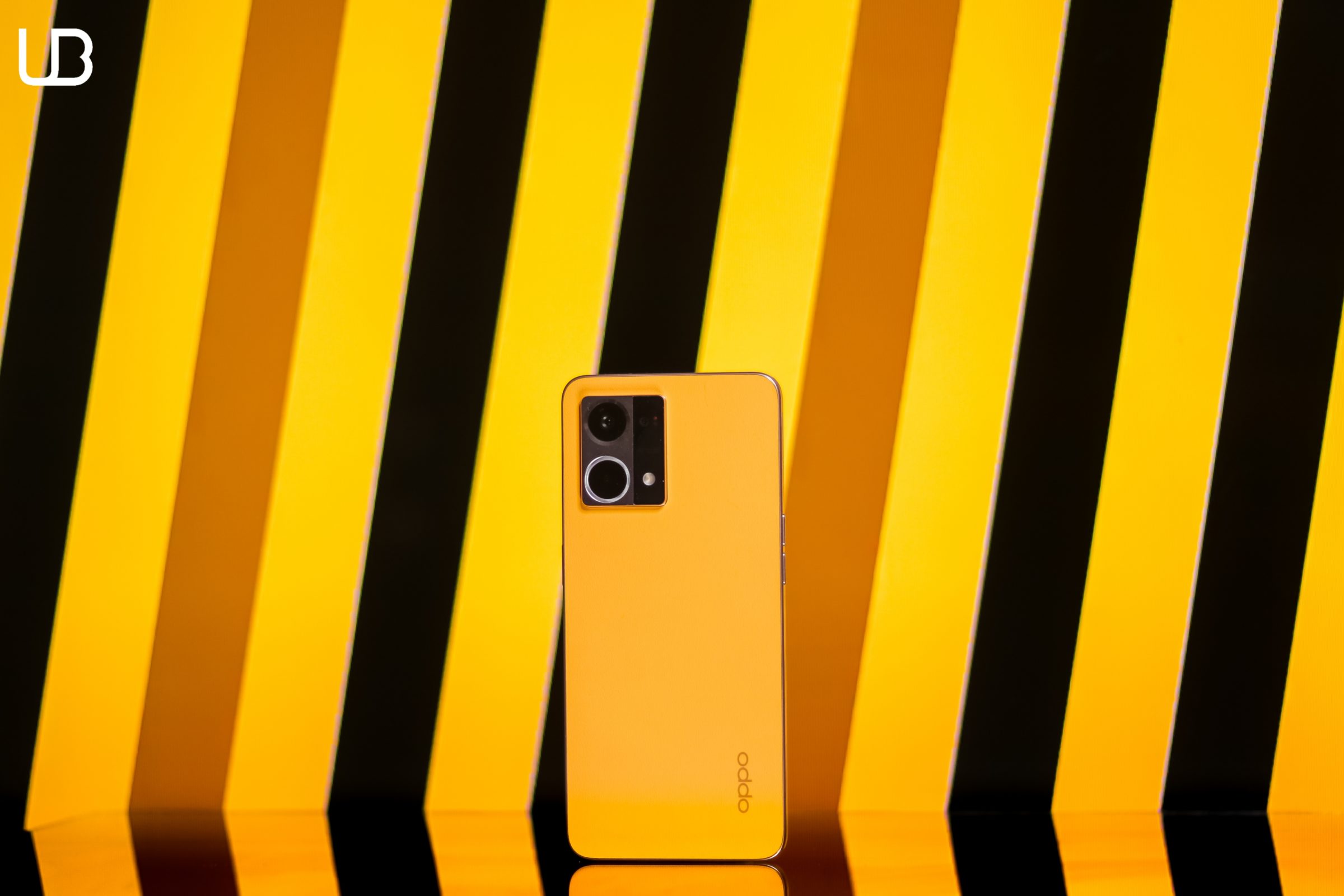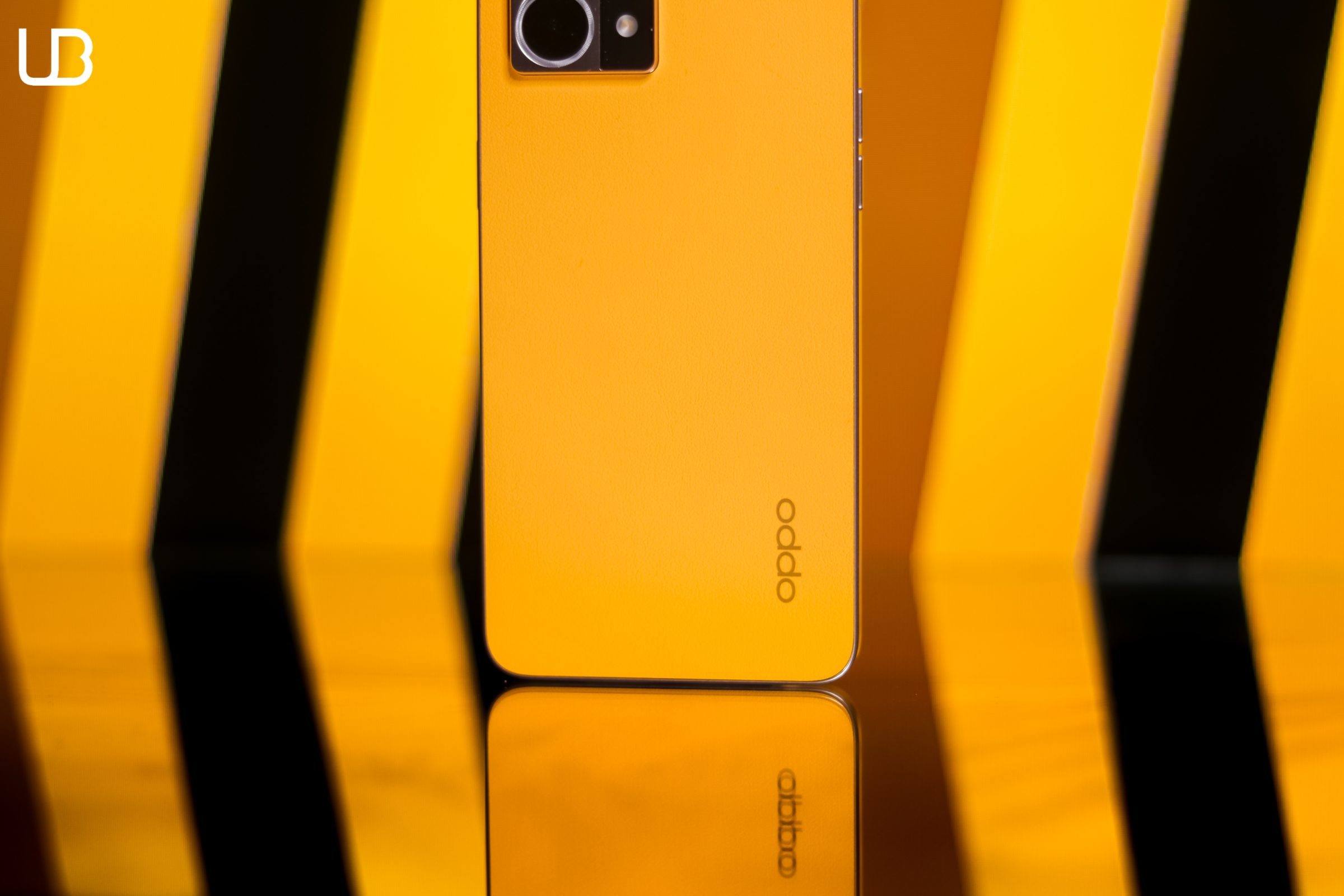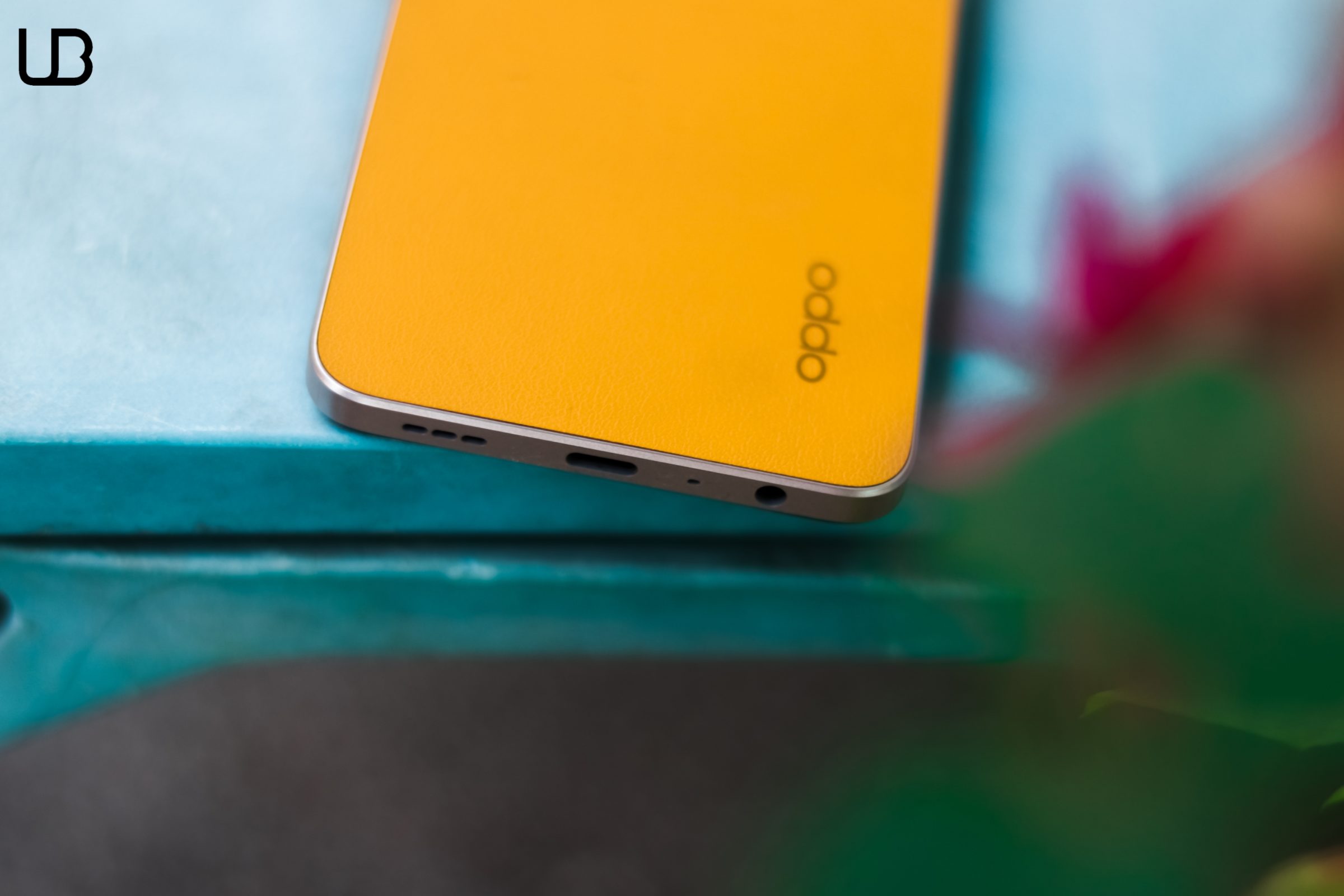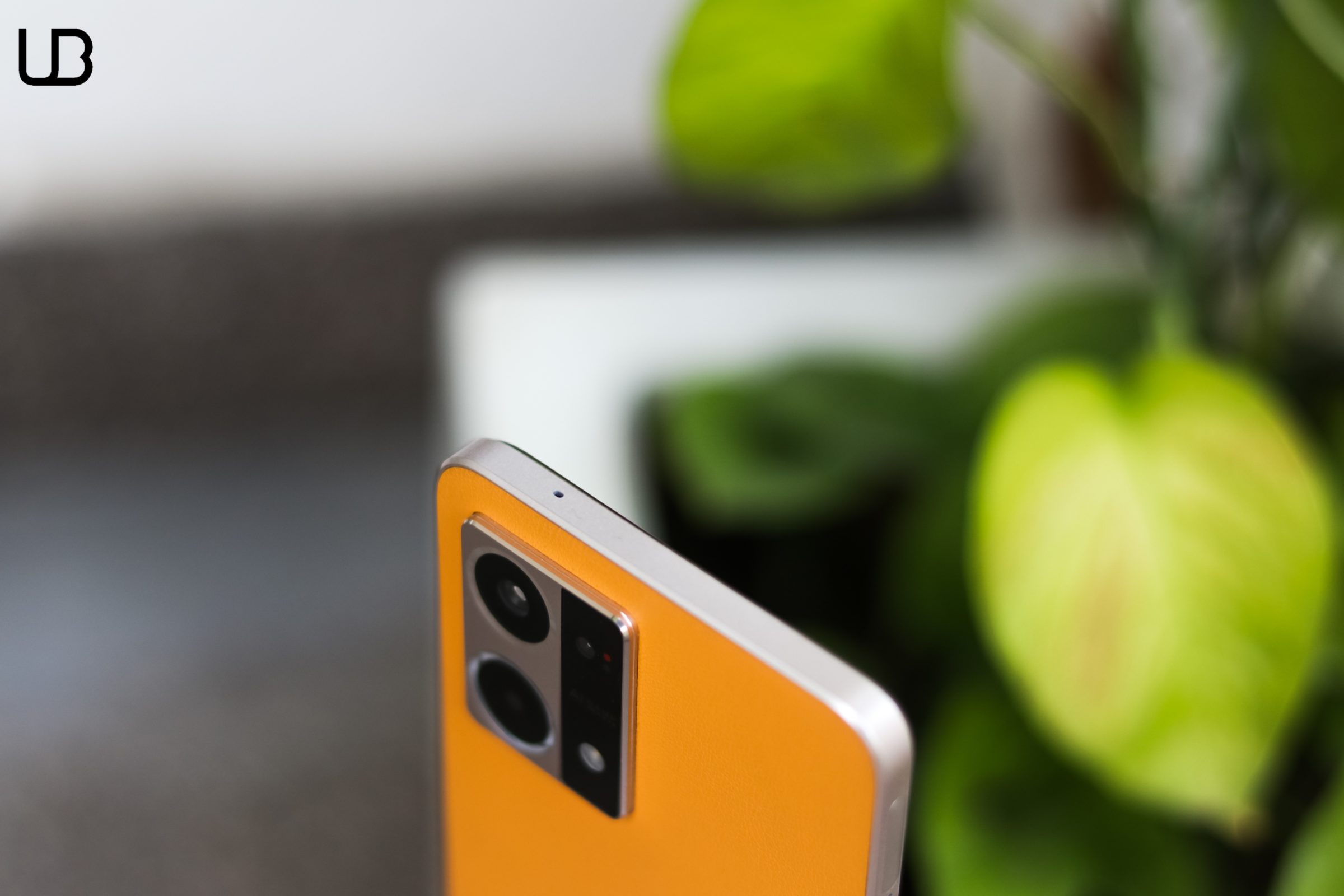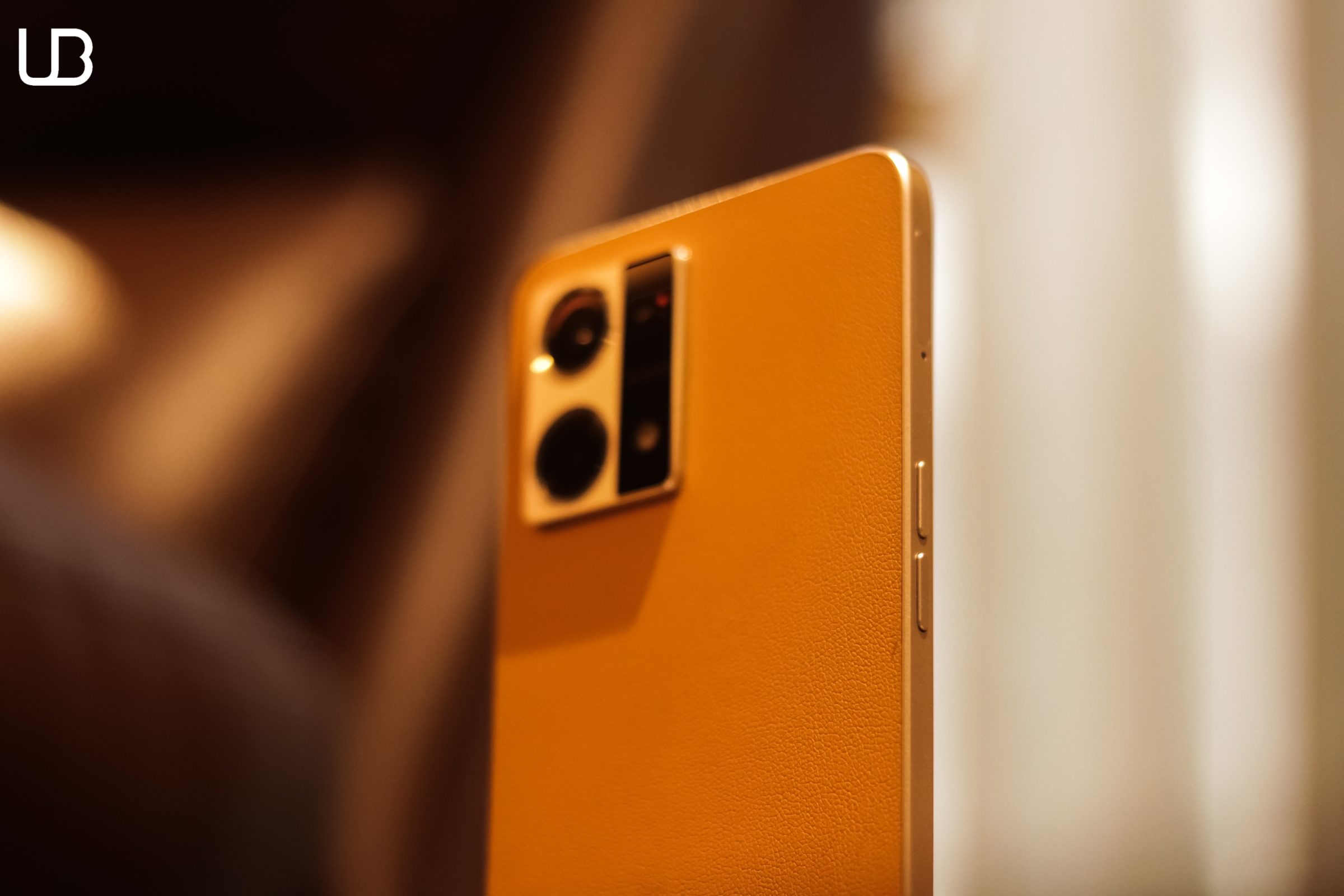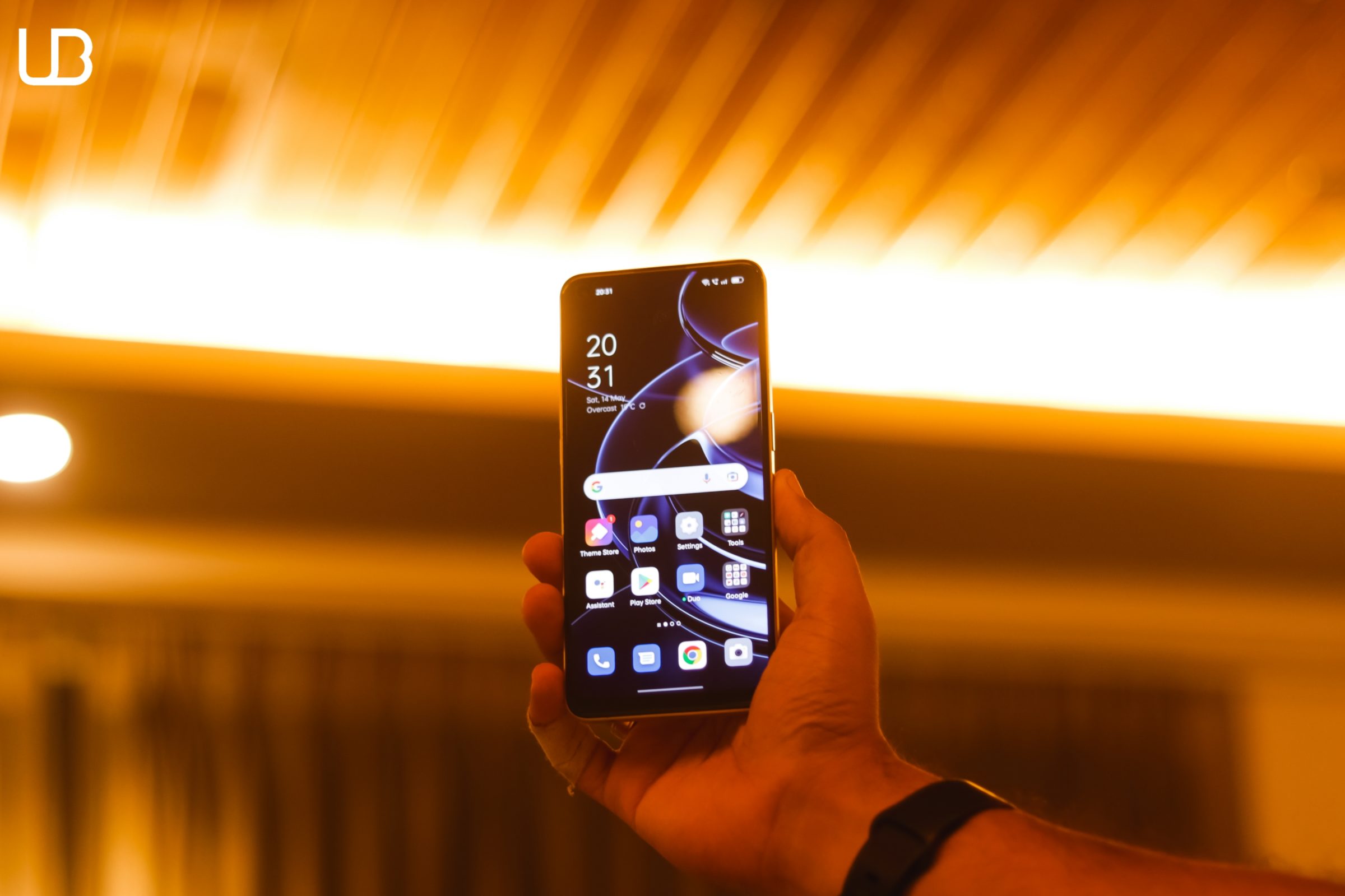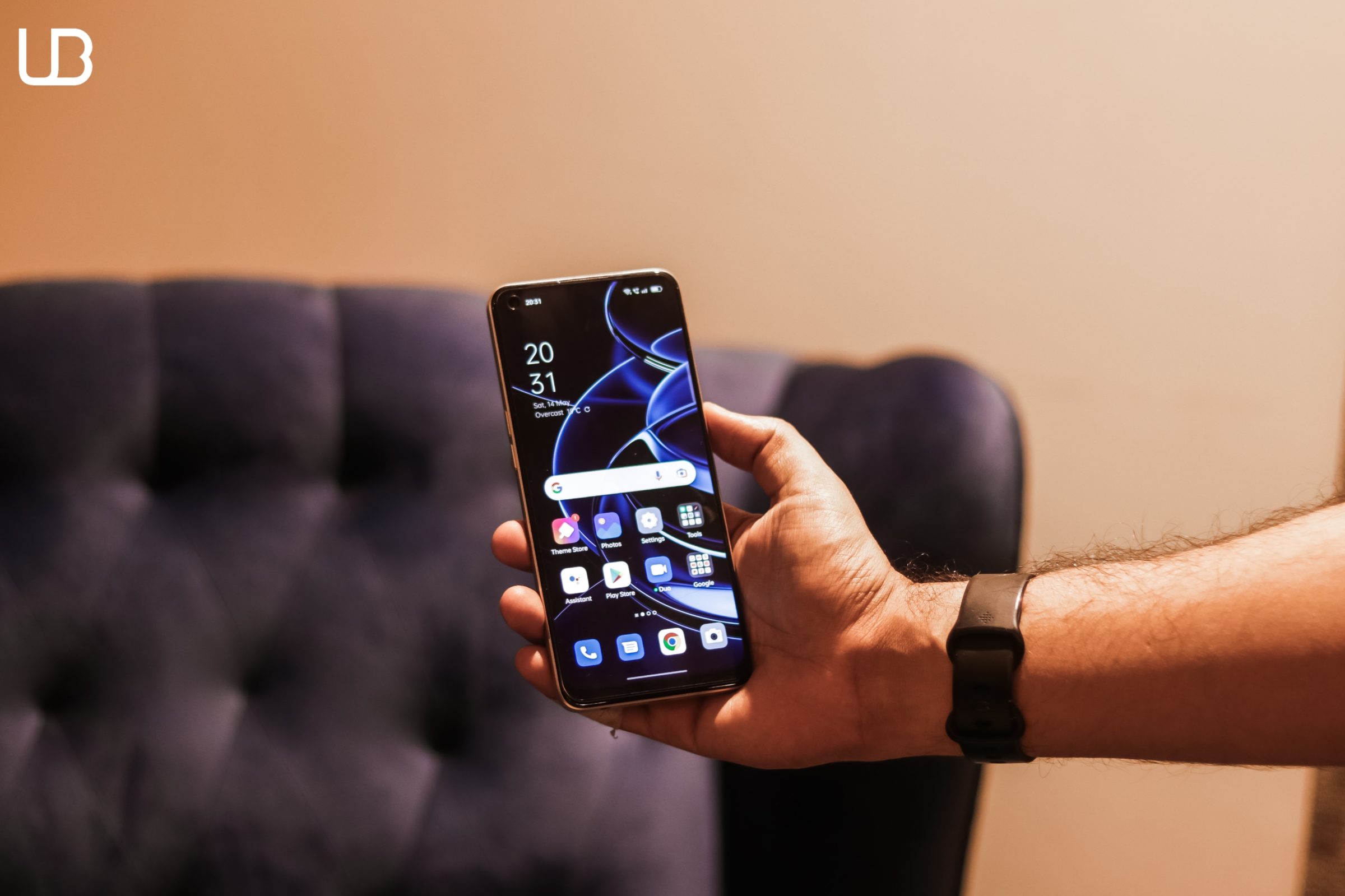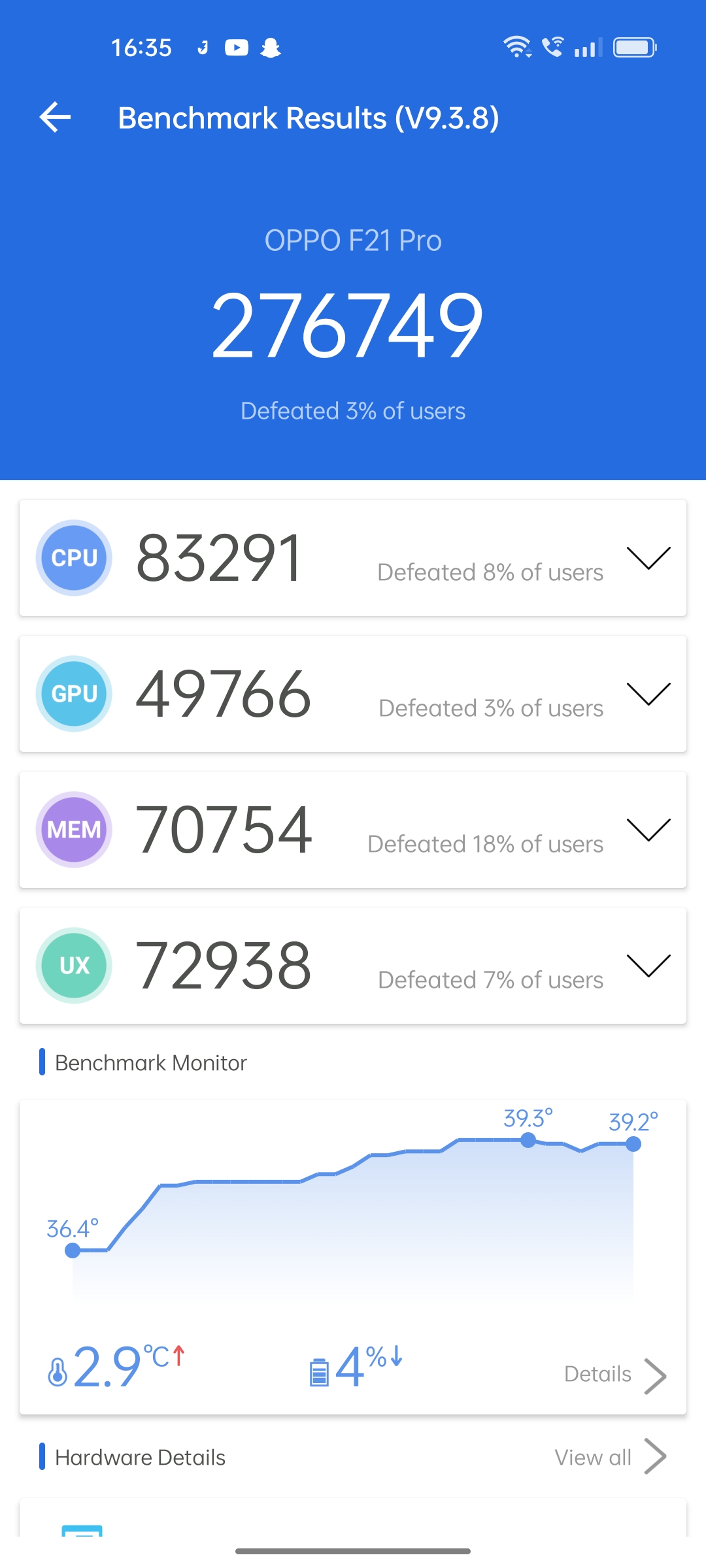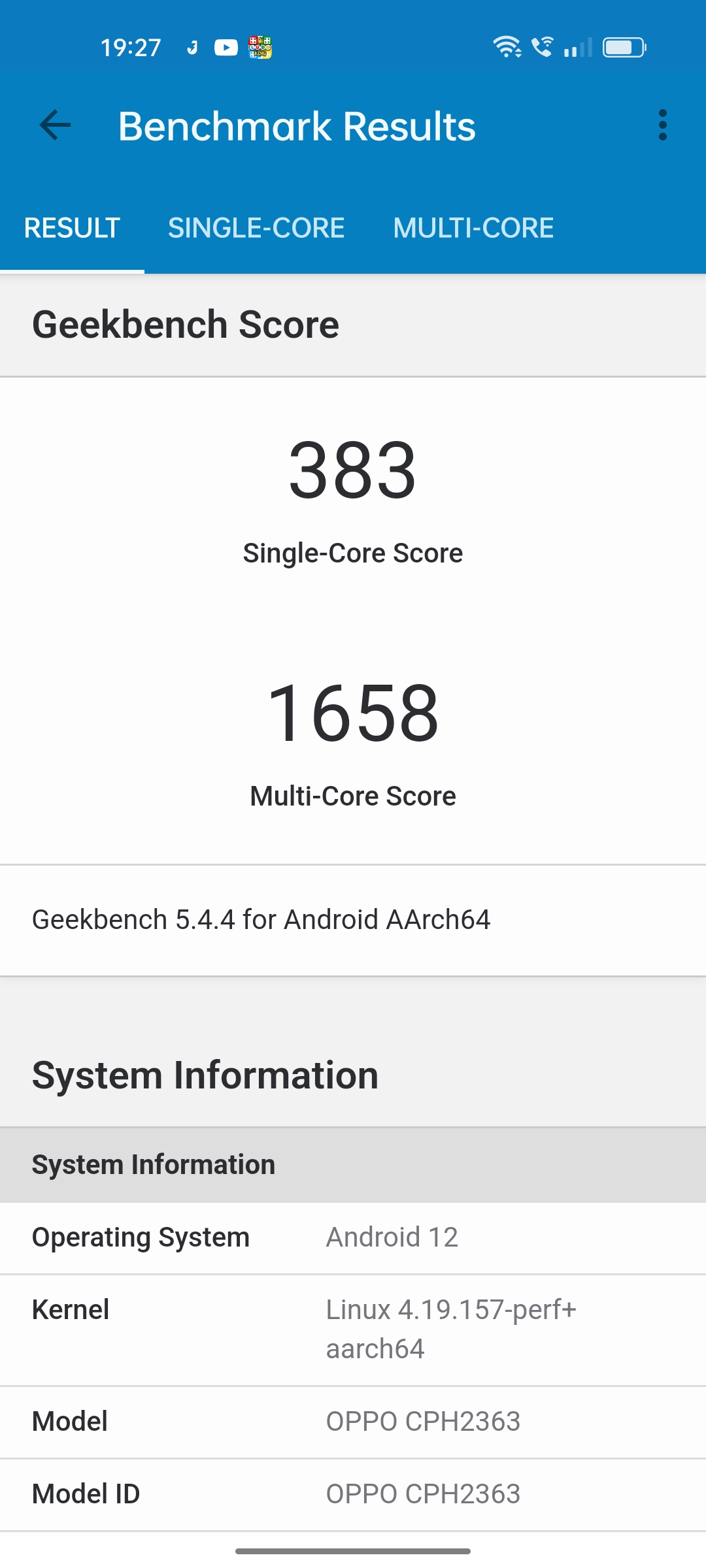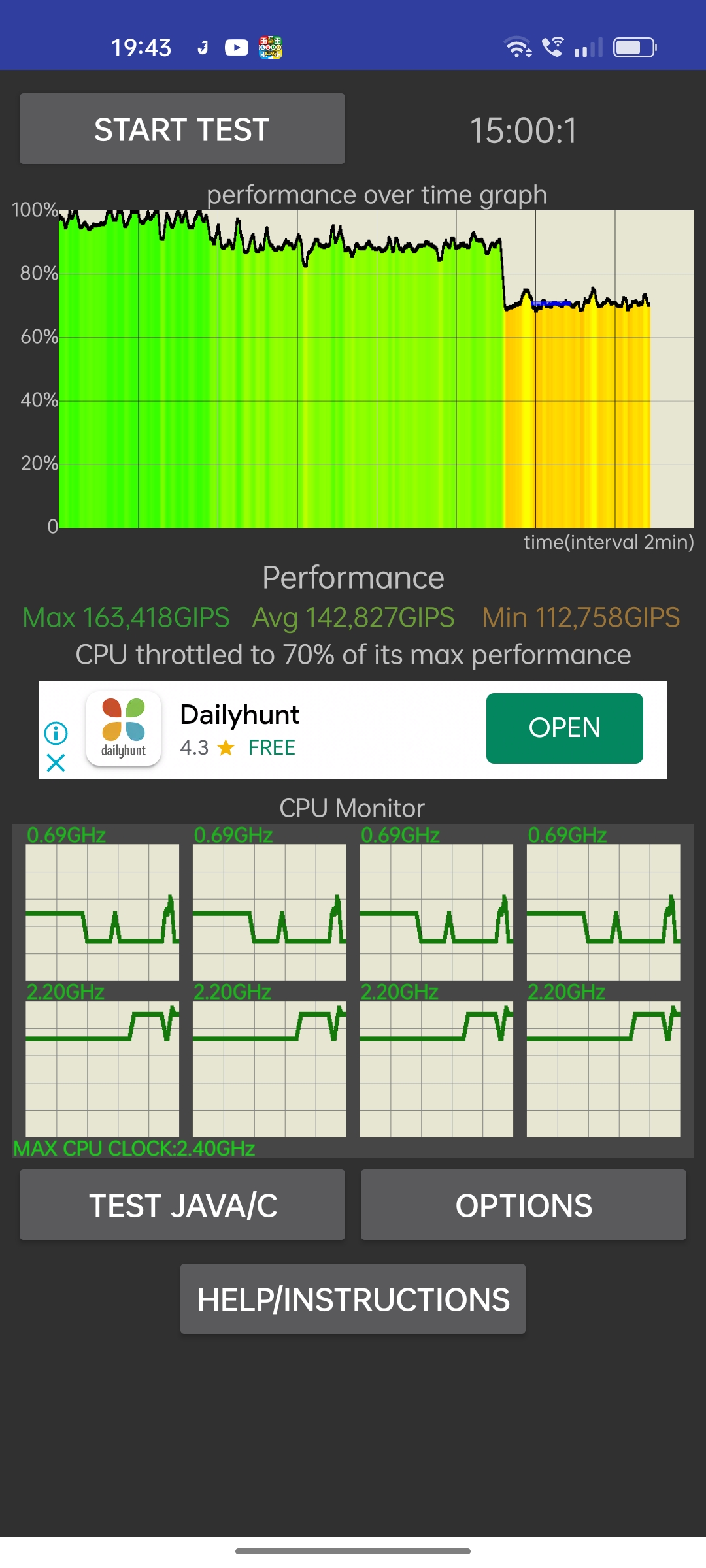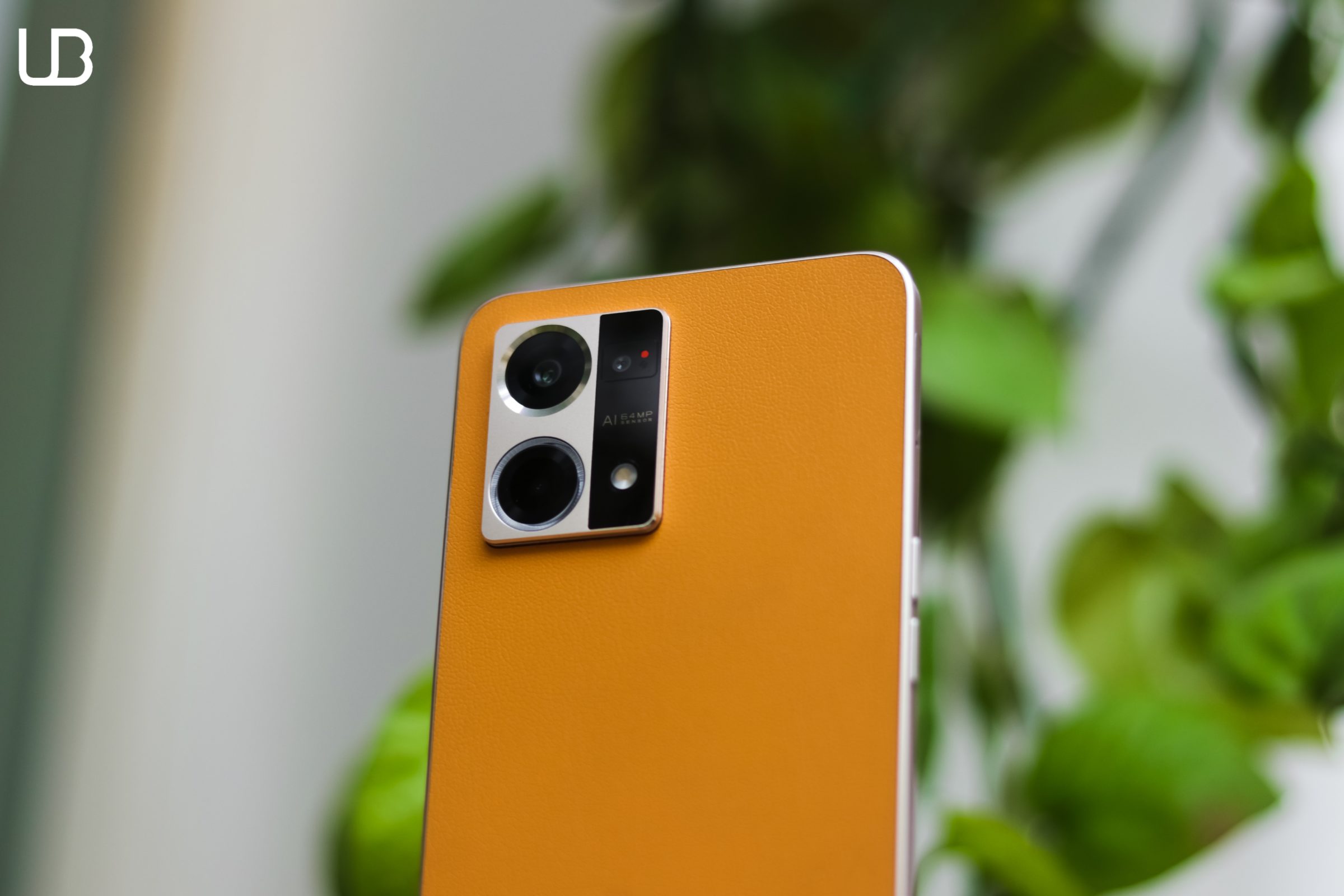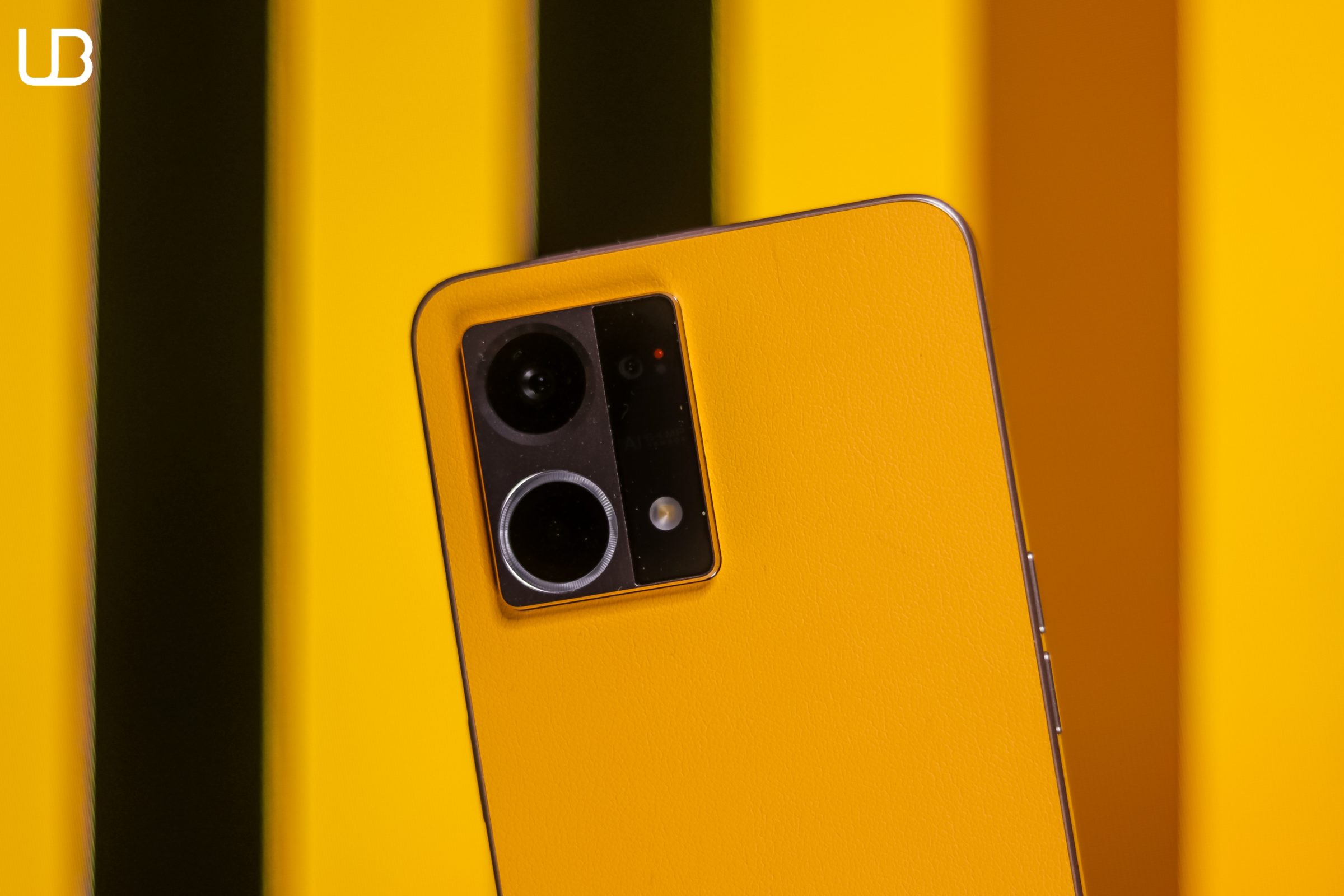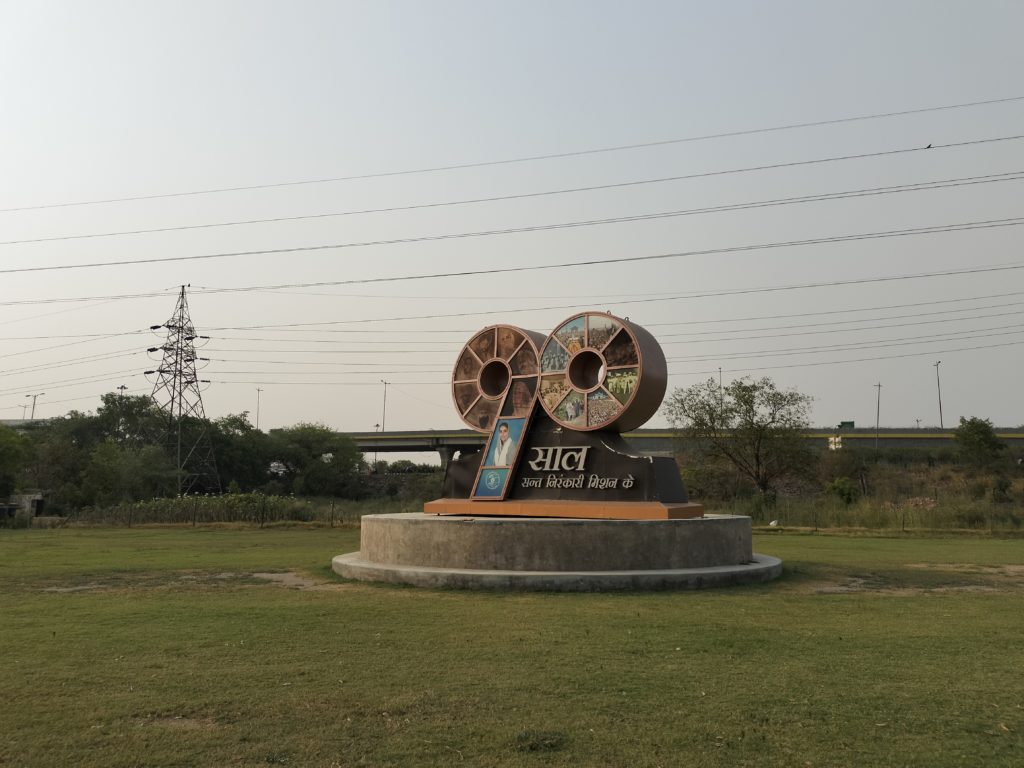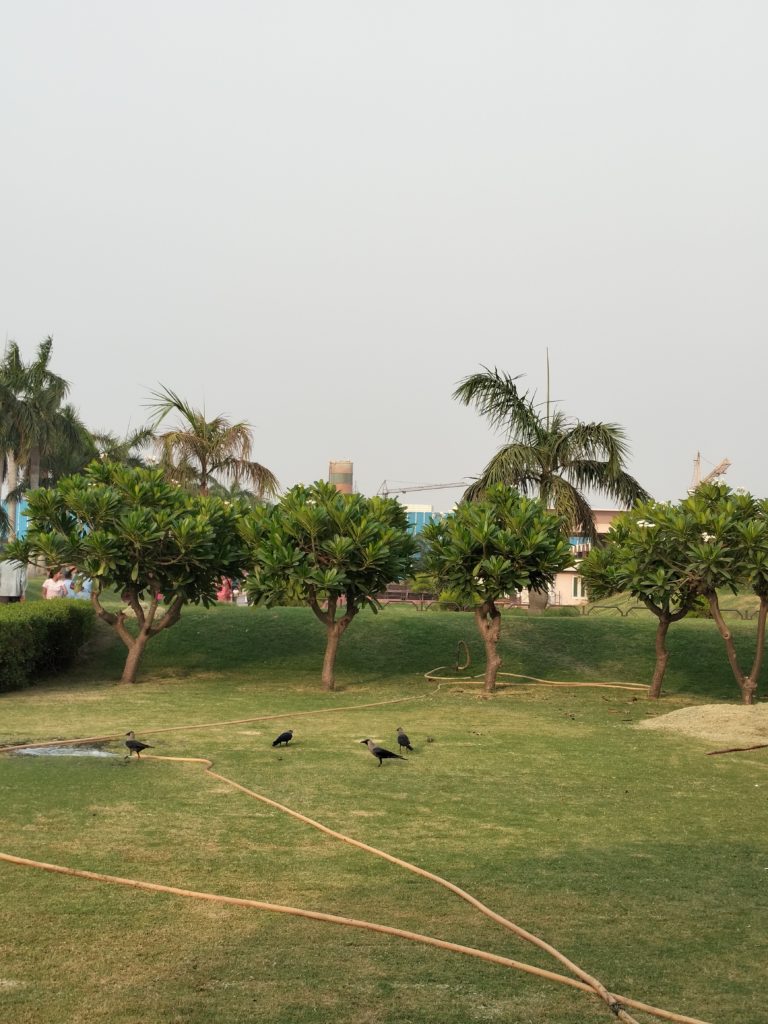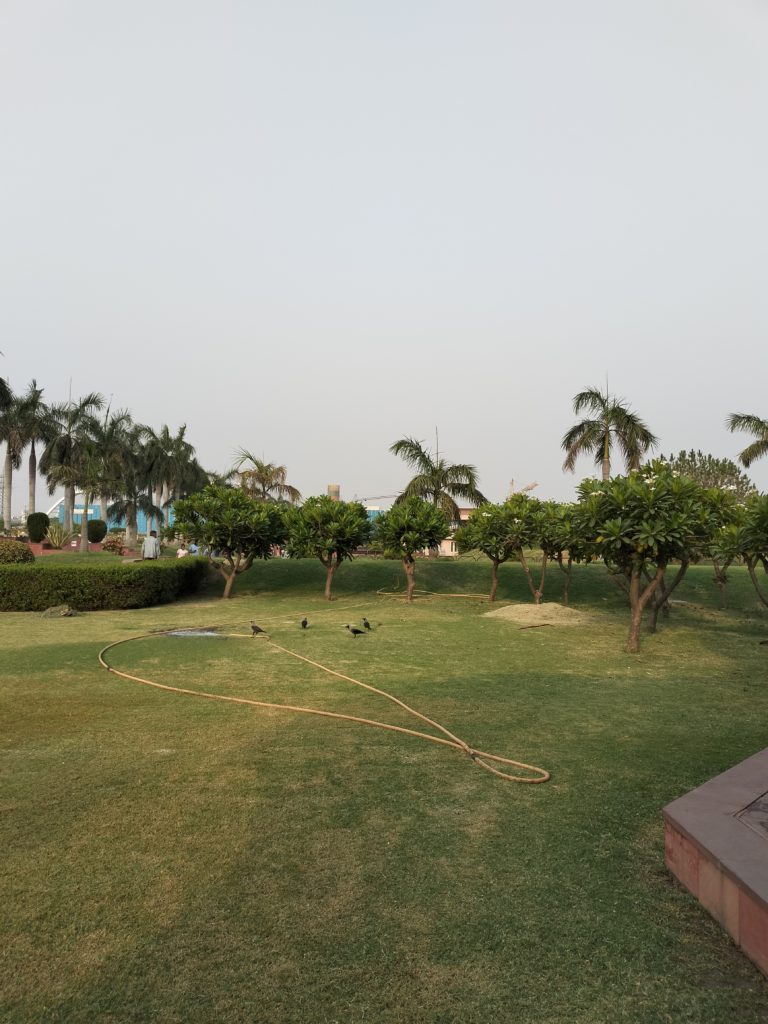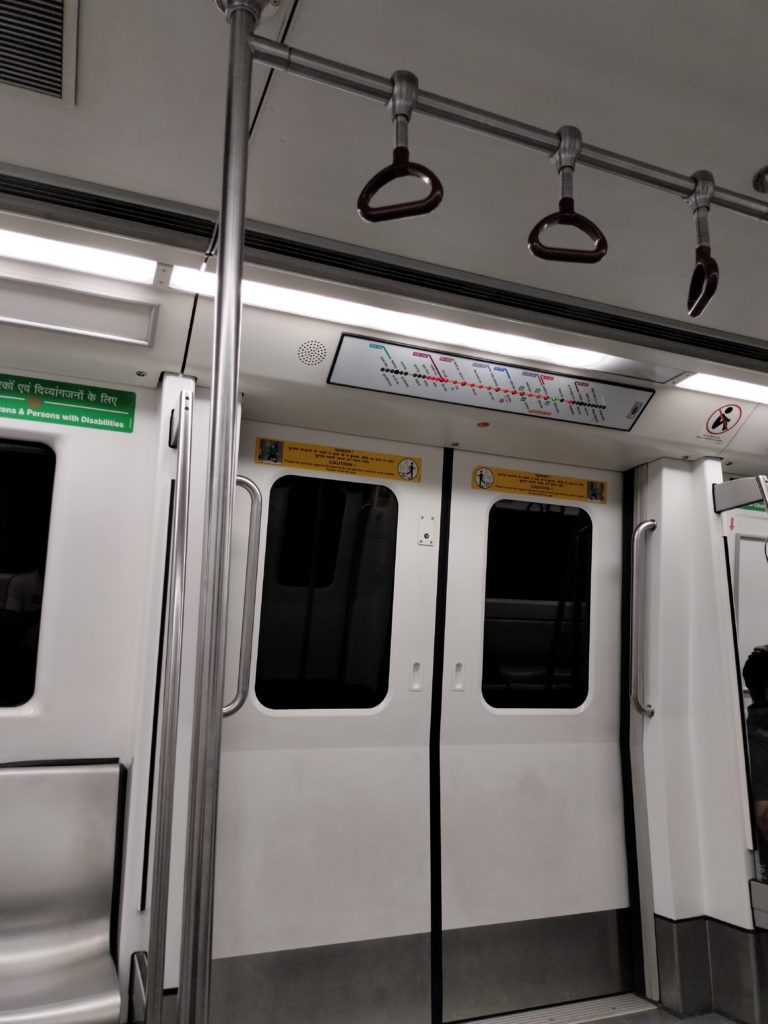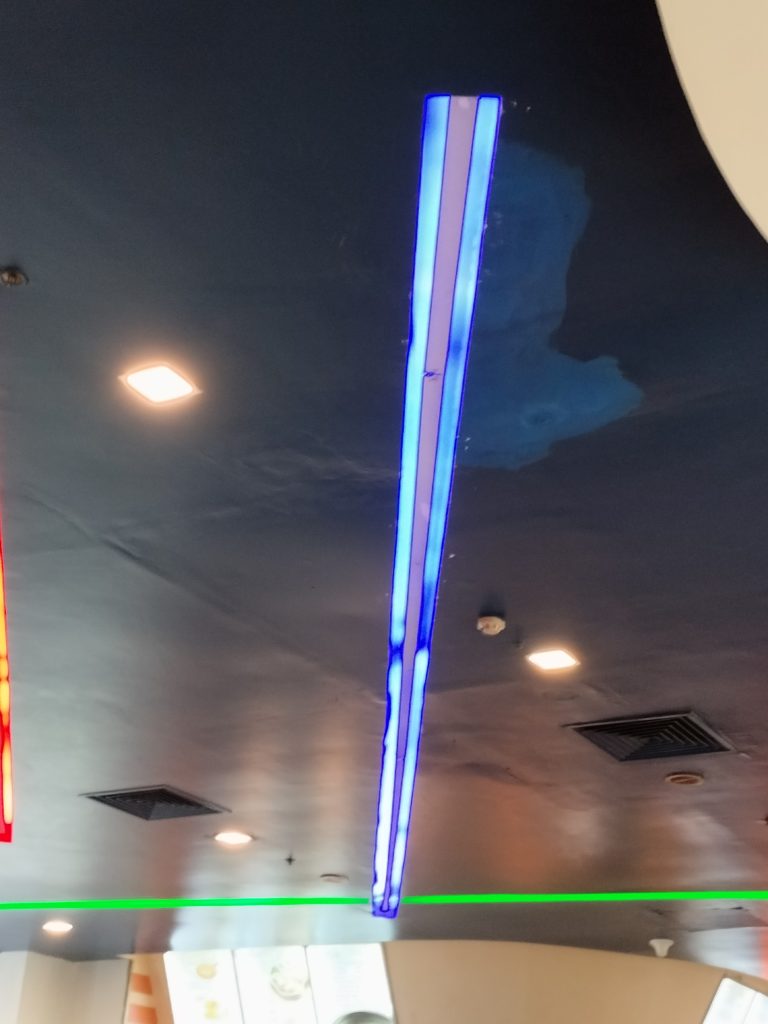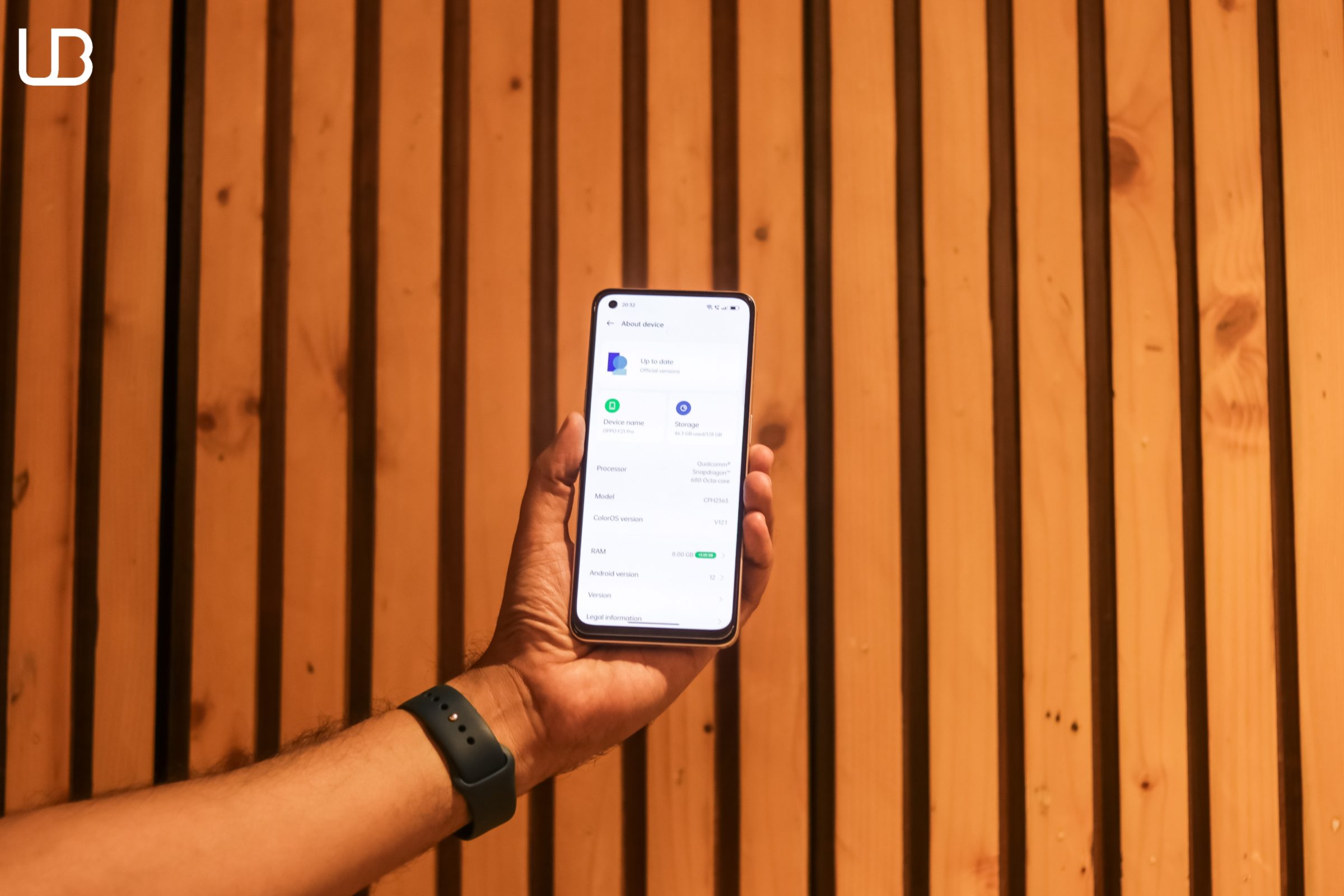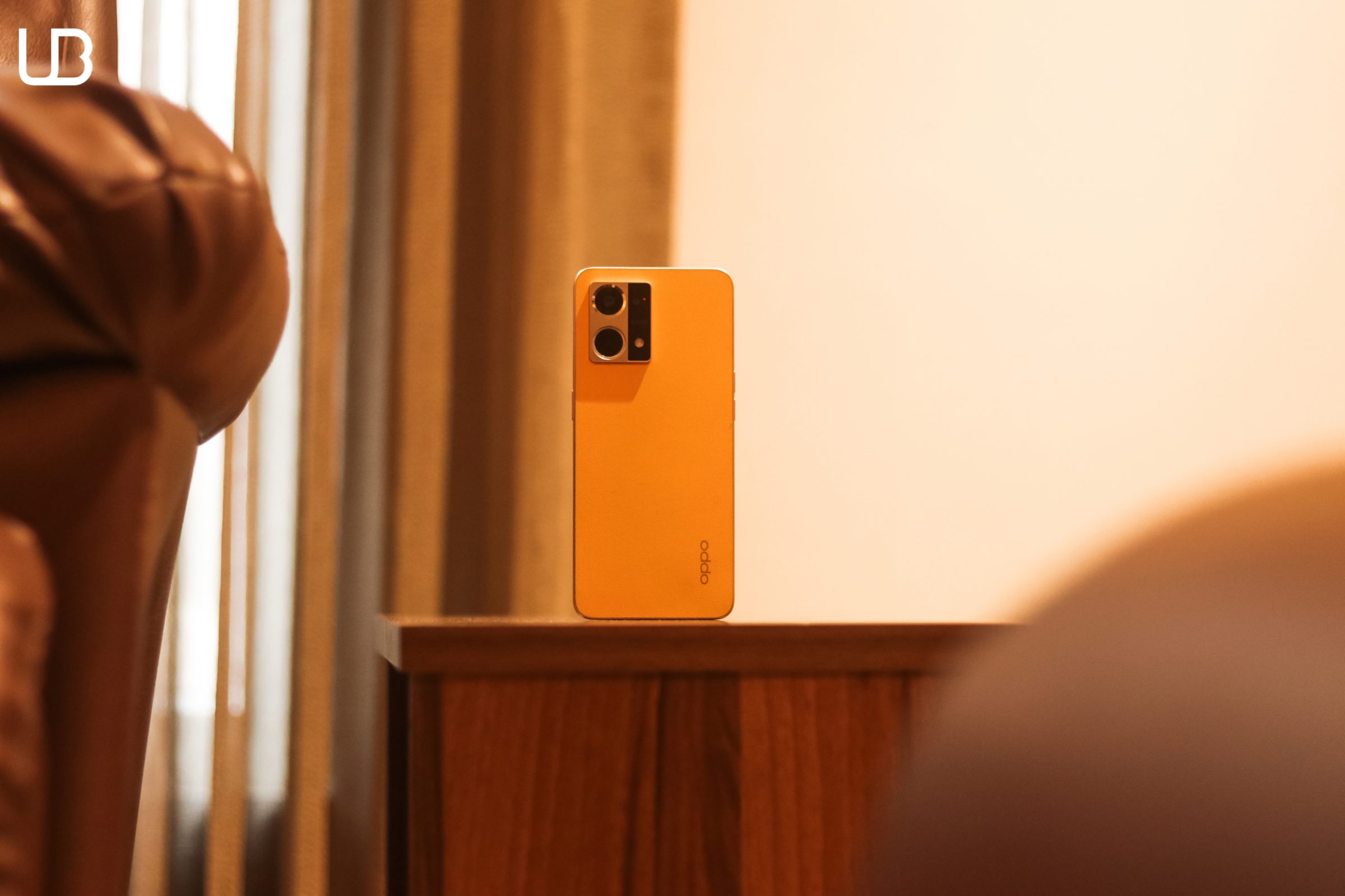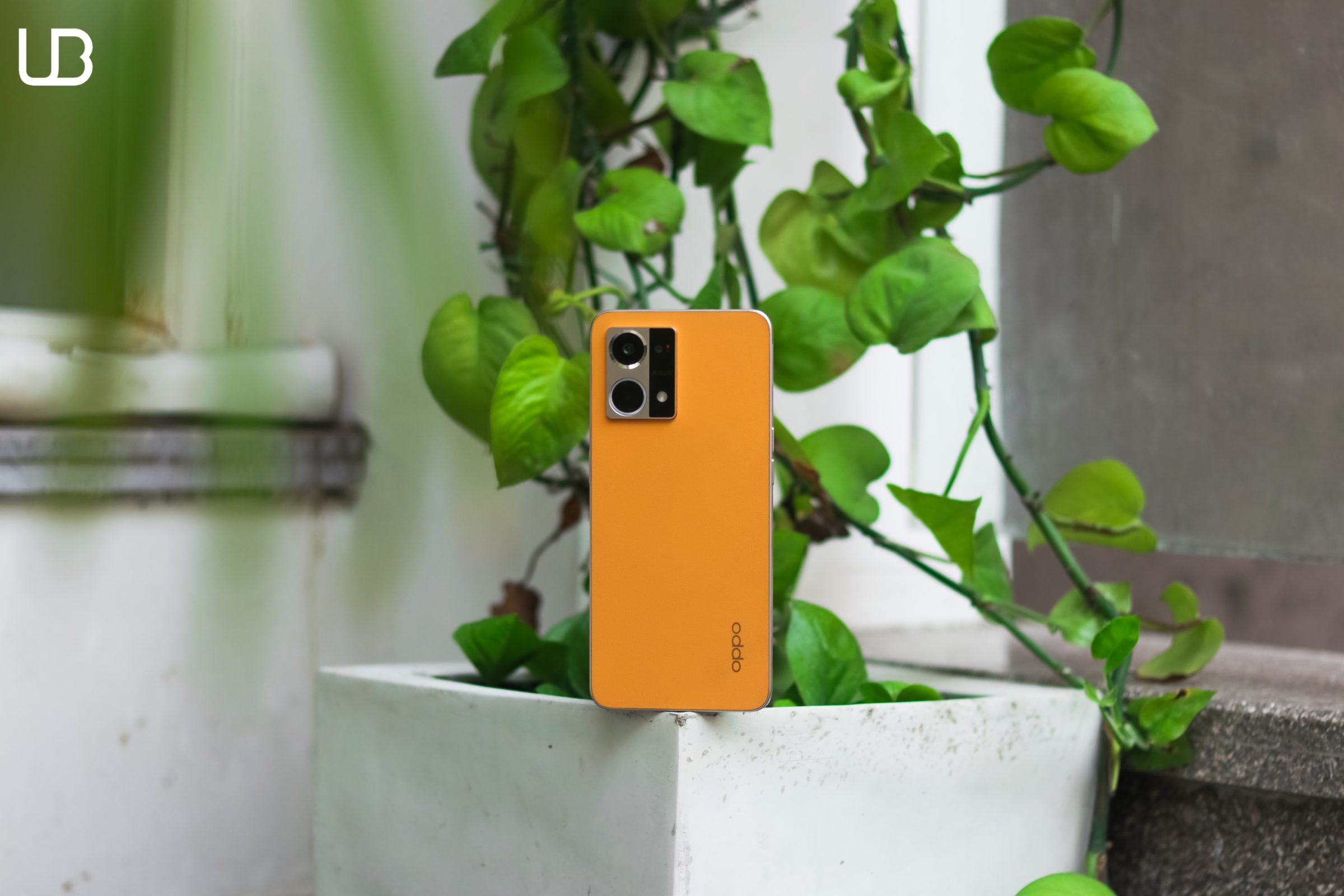The mid(20-25k) smartphone segment is one of the most attractive and fastest-growing segments in the market which offers tempting features at a competitive price. Since the mid-range segment is already captured by the players like Samsung, Xiaomi, Realme, Vivo and Oppo. While Oppo is a brand which has always prioritized aesthetics over raw performance and this time, they’re following up the same formula through its F-series. With its latest entrant i.e, Oppo F21 Pro, they’re trying to keep its style as a quotient to attract the millenials.
The Oppo F21 Pro comes in two variants, the 4G variant which is priced at Rs 22,999 and the 5G variant is priced at Rs 26,999. Both of them hold slight differences and keeping that in perspective, the 4G variant makes a lot more sense than the 5G variant considering we still don’t have 5G connectivity in India. The Oppo F21 Pro 4G brings all the goodies from the Oppo F21 Pro 5G which has a mediocre Qualcomm Snapdragon 680, a luxurious design and a 33W Fast Charging. At a retail price of Rs.22,999, will it be able to balance the scale of being value for money or will it fall short of the mark?
That’s what we’re aiming to find out with our Oppo F21 Pro 4G: The Unbiased Review. After using this device as our primary driver for a month, here’s our experience:
What are the differences between Oppo F21 Pro 4G and Oppo F21 Pro 5G?
- Oppo F21 Pro 4G comes with a faux leather fibreglass design which feels premium in its segment. Meanwhile, Oppo F21 Pro 5G only comes in a glass-back finish
- Oppo F21 Pro 4G sports a 90Hz Amoled Display and on the other side Oppo F21 Pro 5G sports a 60Hz Amoled Display
- The Oppo F21 Pro 4G is powered by Qualcomm Snapdragon 680 while the Oppo F21 Pro 5G is powered by the Qualcomm Snapdragon 695
- The Oppo F21 Pro 5G variant hosts two-orbit lights beneath the camera lens meanwhile the Oppo F21 Pro 4G variant hosts only one orbit light
- The GPU is slightly better on the Oppo F21 Pro 5G which has Adreno 619 whereas Oppo F21 Pro 4G has an Adreno 610 for graphical duties
- The Oppo F21 Pro 4G gets a major advantage with its dedicated Micro SD card support but the Oppo F21 Pro 5G holds a hybrid SIM card slot
- The 4G variant boasts a 32MP selfie shooter and the 5G variant holds for a 16MP selfie shooter
- The Oppo F21 Pro 4G has a better v5.1 Bluetooth connectivity compared to the v5.0 on the Oppo F21 Pro 5G
That being said, Oppo F21 Pro 5G only offers three considerable upgrades:- a better SOC, two-orbit lights for better aesthetics and the future-proofing of 5G obviously! And for that, Oppo is asking for an extra 4000 INR for these differences. On the contrary, Oppo Reno Pro 4G bundles a premium faux-leather design, a better 90Hz refresh rate than the standard 60Hz Amoled Panel, a dedicated Micro SD card slot and a better 32MP Sony IMX 709 selfie camera which was also present in the Oppo Reno 7 Pro 5G which makes it a better proposition than the 5G variant.
DESIGN & DISPLAY
The Oppo F21 Pro screams premium when it boils down to the design, it’s among the thinnest smartphones at 7.5mm and feels lightweight at 175 grams. It exhibits excellent ergonomics and holding it for longer periods was not fatiguing for the wrist. The side rails are flattened for a boxy design and also feel durable to handle accidental drops because they are not plastic. The build quality is further secured by the aluminium mid-frame and Corning Gorilla Glass 5 protection for more durability.
The new Sunset Orange colourway we received for our review, Oppo calls it as industry’s first fibreglass vegan leather back that delivers a faux-leather texture on its back which feels plush. This material helps it to stand tall among its competitors who are still stuck in providing glittery and shimmery back designs. This choice of colour can be subjective as it’s a bit flashy and may vary from person to person. If you’re more into subtle design then there is Cosmic Black colourway which holds a matte finish. Do keep in mind that this fibreglass leatherback is only limited to the Sunset Orange colourway.
This faux finish keeps the fingerprint traces and smudges at bay. The real knock being the lack of stereo speaker setup makes it a little hard to survive with its rivals at this price point. The output of this mono speaker is loud enough and binge-watching is good, but it lacks the details. To its physical overview, it flanks a power button on the right rail and volume rockers and SIM tray on the left rail. On top, there’s a secondary microphone and the bottom is occupied by the Type-C Charging Port to its centre accompanied by a Primary microphone, a mono speaker and the legendary headphone jack!
The travel and feedback are good, my thumb lies on the power button and the index and middle finger on the volume rockers making it great in terms of reachability. On its rear, there’s a rectangular piece of glass which houses its camera array. Just like Oppo Reno 7 Pro, Oppo F21 Pro also brings a notification light around the microlens which also doubles as a flashlight to brighten the subject while taking closer shots. Oppo calls it ‘Orbit Light’. The device meets the IPX4 water resistance for protecting it from minor dust and water splashes.
Over to its display, the Oppo F21 Pro ships with a 6.4inch AMOLED Display with the support of a 90Hz refresh rate. Meanwhile, the competition is far ahead with its 120hz of refresh rate, this 90hz refresh rate is smooth enough for scrolling and there’s not a major difference between both the refresh rates. Hence, it’s not a deal-breaker if you’re a sucker for the best refresh rate. The punch hole cutout is placed on the top left section for the selfie camera.
In outdoor scenarios, this display panel can emit a peak brightness of upto 800 nits which makes it very bright and can easily be used under harsh lighting situations. It also comes with the support of HDR10 and Widevine L1 certification which enables the user to watch Netflix, and Amazon Prime at higher resolution. It comes with two display profiles:- Vivid and Natural; However, we’ll recommend switching on the Vivid mode for better colour reproduction.
PERFORMANCE
The Oppo F21 Pro is powered by the Qualcomm Snapdragon 680, which we’ve already seen in budget centric smartphones like Realme 9i which is available at a fraction of its price. This chipset is based on 6nm technology followed by four clusters of Kryo 265 Gold which are clocked at 2.4Ghz and the other four clusters of Kryo 265 Silver which are clocked at 1.9Ghz. The graphical duties are handled by Adreno 610. It comes with 8GB of RAM and if you feel that it’s less then you can add 5GB more RAM at your disposal via Virtual RAM Technology. That sums up that this device is not meant for brisk performance, but can suffice day-to-day usage with ease. In a silo, the performance is not bad and I didn’t encounter any major issues with day-to-day usability.
However, it is hard to ignore the fact that you can fetch far better devices than this at this price tier which includes processors like the Qualcomm Snapdragon 695, Mediatek Dimensity 900 and 920 chipset. As far as everyday performance goes, Oppo F21 Pro absolutely sails swiftly when it comes to multitasking, launching apps or using its camera for capturing moments. With the famous game titles such as BGMI, we were able to play it at Smooth Graphics at High frame rates which is not the best experience in this segment. The iQoo Z6 Pro which comes at the same price tier were able to max out BGMI at HDR graphics on Ultra frame rates and COD at Very High graphics on Max frame rates without any stutters in the gameplay. As far as benchmark scores are concerned, it scores 2,76,749 on Antutu Benchmark, 383 in the Single-Core score and 1658 in the Multi-Core score on GeekBench 5. During our CPU Throttling Test, the CPU throttles to 70% to its max performance.
CAMERA
The Oppo F21 Pro bundles a triple camera array which houses 64MP Primary camera followed by a 2MP mono lens and the 2MP Microscope lens which is similar to Realme GT2 Pro whereas, on front optics, it holds a 32MP Sony’s customized IMX 709 for capturing selfies. However, the lack of an ultrawide lens at such a price tier is disappointing and what’s more concerning is even the 5G variant of this device gave up on the ultra-wide lens which took away some visibility from this device.
Photos captured from the primary camera emit sharpness and details with a skew of oversaturation under a well-lit scenario. This pinch of oversaturation makes the image stand out with its appeal. The dynamic range was on-point and the colour science was close to natural. The 2x digital zoom retains the quality very well but afterwards, the image starts losing its quality. With the ExtraHD mode, it brings the ability to shoot pictures in 108MP by upscaling it through pixel binning for more details in the scene.
During Indoor situations, there are some compromises on the details which are obvious. The low-light mode doesn’t brighten up the image but smoothens the noise level in the darker surroundings which keeps the details to be more precise. The mono camera remains useless since you can capture and re-create such photos with the 64MP in simple post-processing. The 2MP microscope sensor is interesting and helps to capture extreme close-up shots and the orbiting light doubles up as a flashlight to capture brighter microimages. For capturing photos with this lens, it needs a lot of practice and precision for a well-focused picture. With its 32MP front camera, selfies come out with ample amounts of details and sharpness which follows the natural colour scheme and makes the pictures look more natural. The edge detection is on-point with the portrait blur.
SOFTWARE AND BATTERY
On the software front, it runs on Color OS 12.1 which is based on Android 12. The updated Color OS comes with various eye-catching features which include various customizations which we’d listed earlier in our Oppo Reno 7 Pro review. To give more insights about it, it’s a feature-rich custom skinned OS by the house of Oppo which comes with Air Gestures which is a nifty addition when you’re fingers are wet or oily, a smart sidebar for adding favourite apps as a shortcut, Onomoji which is an exact replica of the Animoji and much more. Overall, I loved the overall presence is appealing in this UI but the presence of bloatware apps and spammy notifications can definitely be a grating experience. The choice of a pre-applied live wallpaper leeches the battery and performance of the device so setting up a static wallpaper will be a good option for saving battery and getting the most out of this processor.
Battery life on the other hand is rather good because the Qualcomm Snapdragon 680 is a battery-efficient processor. With the 4,500 mAh battery, it can easily last one and a half days with seven to eight hours of screen time which includes watching Youtube Videos, playing game titles like BGMI and Asphalt 9, attending phone calls, and surfing various social media platforms. However, The battery usage depends on what task you throw at it, if you’ll be continuously shooting photos and videos and playing games for 3-4 hours, it’ll wrap the battery juice quickly. As far as fast charging is concerned, it ships with a 33W SuperVOOC charging brick which can top off the Oppo F21 Pro from 0%-100% in 65 minutes in our testing.
THE UNBIASED VERDICT
The Oppo F21 Pro 4G is available in only one configuration:- 8GB RAM and 128GB of storage which is priced at Rs. 22,999. If you’re more interested in the Oppo F21 Pro 5G and ready to shell out more on this device then you need to shell out Rs. 26,999 for the same configuration with a minor upper hand from its 4G which are mentioned above.
The Oppo F21 Pro 4G brings a lot of style as a quotient with a run-of-the-mill performance thanks to its strictly average Qualcomm Snapdragon 680. The SD 680 is a budget-oriented processor which lacks the grunt it needs to go against its competitors. Keeping this trade-off away, the design screams premium with its vegan leatherback design, a 90Hz AMOLED display with good colour reproduction, the OG headphone jack for 3.5mm lovers, and an interesting approach toward its camera array with the Microscopic lens. The software experience and battery don’t disappoint during the time we spent with this device. There are some omissions like the absence of a 120Hz refresh rate and the ultra-wide-angle lens and if you’re okay with those compromises, The Oppo F21 Pro 4G is not a powerhouse but it’s capable enough to be your daily acrobat for most of the daily juggles.
If you’re looking for a device for its impeccable performance, iQoo Z6 Pro (Rs.23,999-Rs. 28,999) is powered by the Qualcomm Snapdragon 778G, Realme 9 Pro+ (Rs.24,999-Rs. 28,999) bundles a great camera experience coupled with an ultrawide lens and is powered by MediaTek Dimensity 920 which produce better grunt than the Oppo F21 Pro 4G. If you’re looking for a blazing fast 120W Fast Charging Technology then the Xiaomi 11i Hypercharge will be the best pick in that case.
Disclaimer: We tested the Oppo F21 Pro 4G (8GB+128GB) for a week before writing this review. All our reviews are unbiased and are published without the brand getting to read them before you guys. We don’t change our reviews on pressure from brands and that’s the reason we are not sent review units from companies like Samsung, Xiaomi, and a few more.
